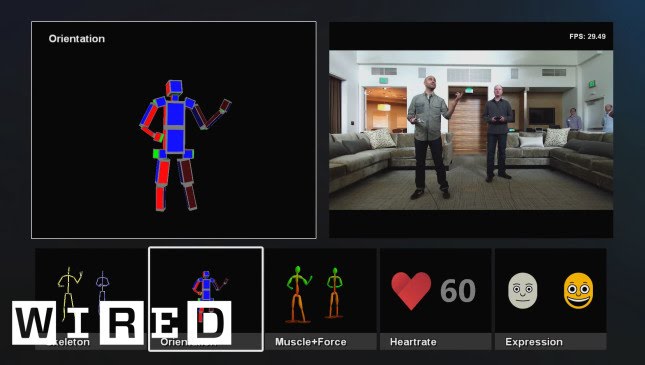Understanding Sleep: An Overview of Sleep Support
Summary
In this article, we explore the different aspects of sleep support, as explained by Dr. Jeffrey Ilif, a sleep researcher. We learn about the body’s natural 24-hour cycle, the benefits and drawbacks of napping, the importance of REM sleep, how the brain manages waste during sleep, and various sleep-related phenomena. We also delve into the different types of sleep and common sleep disorders such as sleep apnea and insomnia.
Table of Contents
- The Circadian Rhythm and Napping
- REM Sleep and Memory Consolidation
- How the Brain Manages Waste During Sleep
- Lucid Dreaming and Sleepwalking
- Understanding the Different Types of Sleep
- Common Sleep Disorders
The Circadian Rhythm and Napping
Dr. Jeffrey Ilif explains that the body’s natural 24-hour cycle, known as the circadian rhythm, is entrained by the light-dark cycle and controlled by the suprachiasmatic nucleus. Napping can be both good and bad depending on how long it lasts. A 90-minute nap is enough time for the body to go through an entire sleep cycle and reap the benefits of sleep without building up sleep inertia.
REM Sleep and Memory Consolidation
Rapid eye movement (REM) sleep is the phase of sleep associated with dreaming and memory consolidation. During REM sleep, the brain works to consolidate memories and encode them with emotions like fear and pain.
How the Brain Manages Waste During Sleep
The brain manages waste differently from the rest of the body and sits in a pool of water called cerebral spinal fluid that cushions it from blows. Sleep helps the brain to not slouch under its own weight by allowing the water outside the brain to enter and wash away waste that has accumulated during the day. The brain pulsates with the heart rate and respiratory cycle, and low-frequency oscillations help drive the clearance of waste into and out of the brain.
Lucid Dreaming and Sleepwalking
Lucid dreaming, the ability to control what happens in a dream, can be achieved through transcranial electrical stimulation or cognitive tricks such as setting an alarm for five hours after sleep and repeating to oneself that they will be dreaming. Sleepwalking is a real phenomenon that tends to be more common in children and adolescents, and can result in complicated tasks being accomplished despite the brain being asleep. Other sleep-related phenomena include sleep talking, sleep moaning, and REM sleep behavior disorder, where individuals act out their dreams and may even injure their bed partners.
Understanding the Different Types of Sleep
There are two main types of sleep: REM sleep, which is associated with dreaming, and non-REM sleep, which is further divided into N1, N2, and N3 sleep. N1 is the shallowest type of sleep, N2 is the mid-layer on the way to deep sleep, and N3 is the deepest part of sleep. During the night, people go through several cycles of these different types of sleep.
Common Sleep Disorders
Sleep apnea is a condition where a person stops breathing several times during the night, which can lead to a lack of oxygen in the brain and body. It is treatable with a CPAP mask that helps keep the airway open. Symptoms of sleep apnea include heavy snoring and waking up gasping. Insomnia, which is the inability to fall or stay asleep, can be caused by genetic factors, sleep apnea, or stress.
Conclusion
In conclusion, understanding sleep and the different factors that affect it is crucial for maintaining good health and well-being. By following Dr. Ilif’s insights, we can improve our sleep habits and lead a more productive and fulfilling life.







